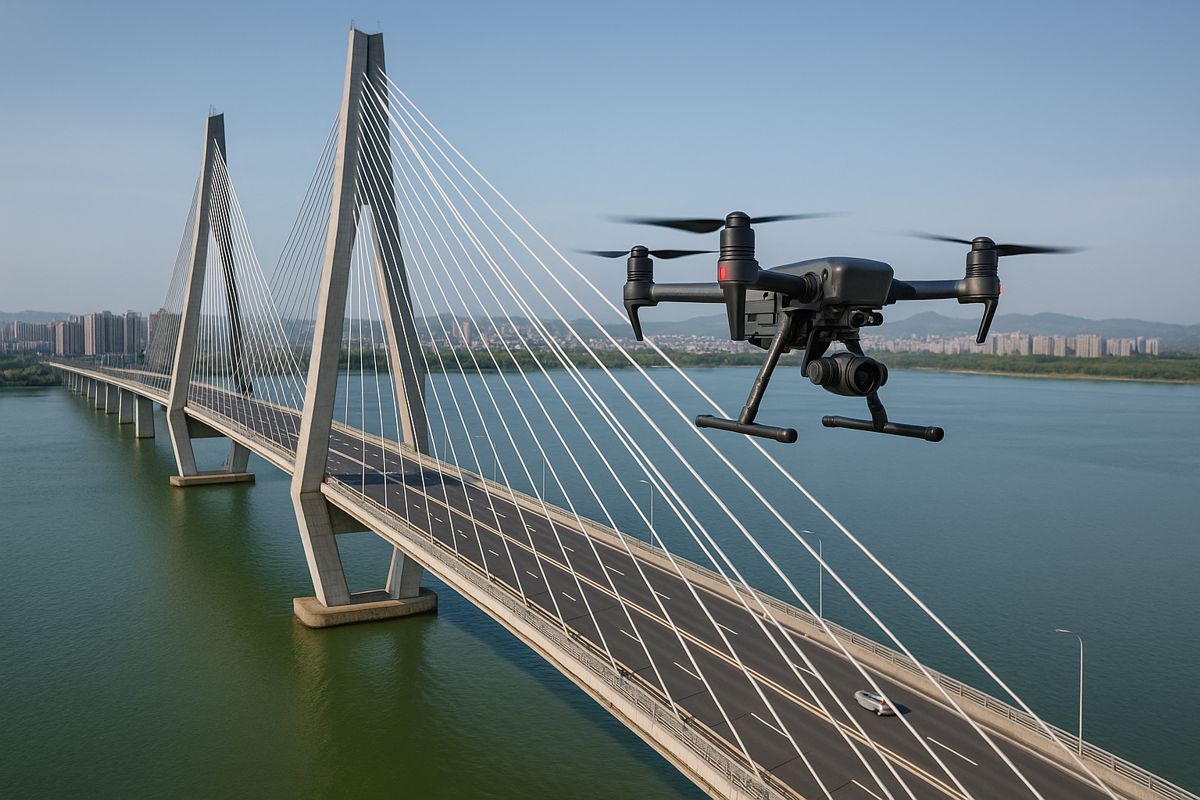Estonian project measures the retroreflectivity their road markings
In 2017, the Estonian Road Administration (ERA) carried out a pilot project measuring the retroreflectivity of road markings on all main state roads, altogether 3,721.6 kilometres, in Estonia.
Retroreflectivity of a material is one technology used to enhance the readability and perception of information displayed in low-light and night-time conditions.
The retroreflectivity of road markings provides visual guidance to assist driver’s awareness of lanes and road edges. It grants an effective traffic flow, comfortable driving experience and a safe traffic environment. Easily seen road markings improve road users’ safety, especially in low-light and night-time conditions.
ERC Consulting Ltd., along with Reflective Measurement Systems Ltd., carried out a pilot project for the Estonian Road Administration, measuring the retroreflectivity (RL) of road markings on all main state roads. Retroreflectivity surveys were carried out using the RetroTek-M Retroreflectometer.
The RetroTek technology can carry out surveys across the full lane width and at all traffic speeds. Data that is collected includes retroreflectivity of road markings (lines, symbols, arrows etc.) and presence or absence of road markers. The RetroTek technology is the next generation in dynamic traffic-speed mobile retroreflectometers.
The uniqueness of the technology lies in its capability to survey across the full width of a traffic lane in one pass, surveying up to 6 different road asset types. The technology can identify right and left lines/markers, as well as centre lane road markings in one passing.
The survey results from all main state roads were categorised according to their condition as follows:
- Very good – RL > 100 [mcd/m²/lx]
- Good – RL = 80-100 [mcd/m²/lx]
- Satisfactory – RL = 60-80 [mcd/m²/lx]
- Bad – RL < 60 [mcd/m²/lx]
In summary, of all surveyed main state roads, immediate renewal (where the RL value is below 60) is needed on 7.7 % of measured roads – that is a little under 300 km. At the same time, another 15% (546.5 km) of measured roads have a relatively low RL value (RL = 60-80).
This successful pilot project will be followed up with another survey in 2018 # where all the markings on basic roads are planned to be surveyed, and in 2019 with surveys on secondary roads. In the future, the Estonian Road Administration plans to continue with regular surveying. The survey results help plan the renewal of road markings for oncoming years. The aim is that the markings placed on roads will provide sufficient reflectivity even on low-light times.
ERC Consulting Ltd. along with Reflective Measurement Systems Ltd also carried out the ERA 2018 retroreflectivity survey of approx. 2,400 km of secondary roads.






















